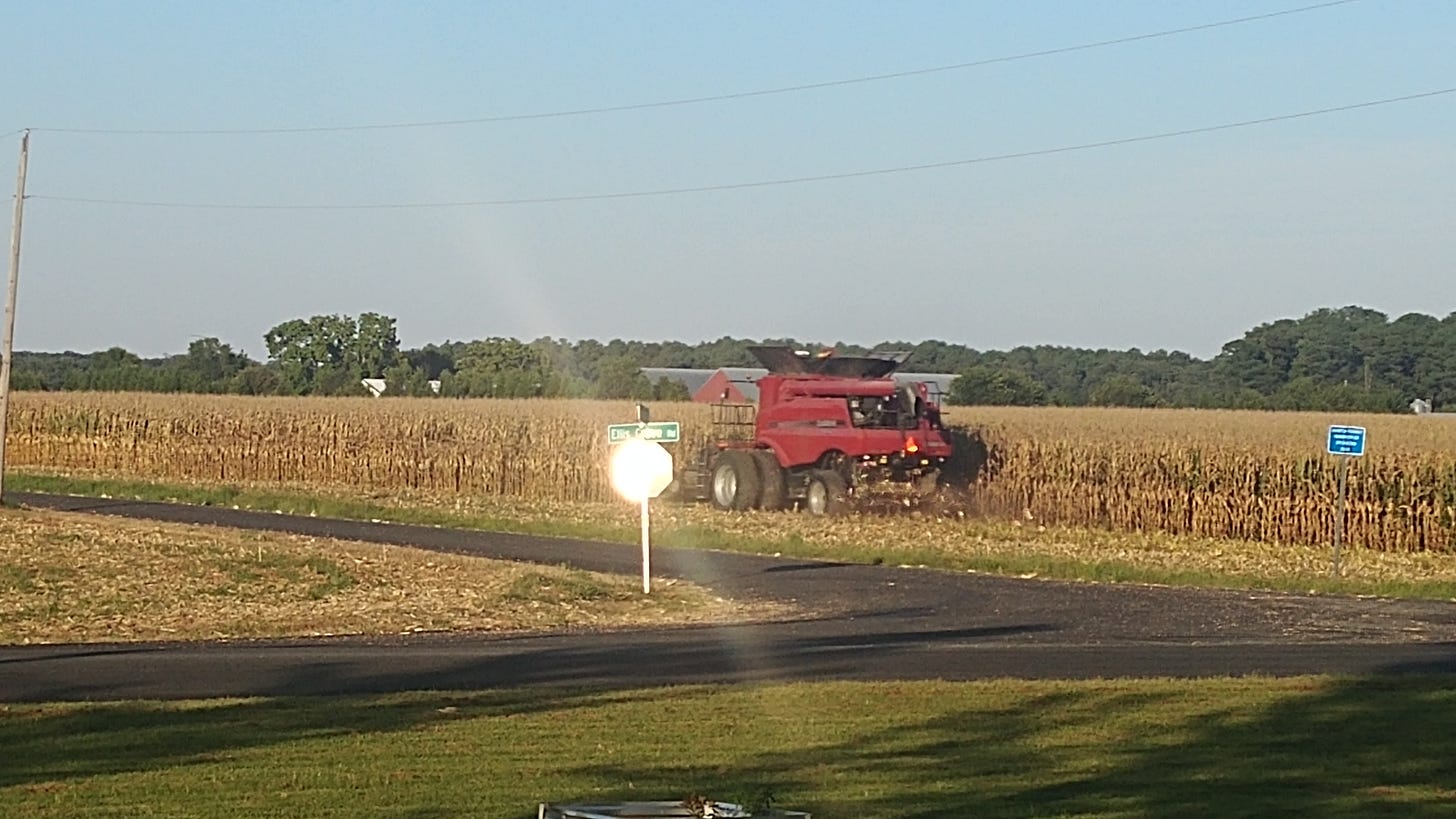Whither growth?
There are some who want developers to pay for a lot more, but they forget who really pays in the end.
If you’re looking for odds and ends because it’s the last Saturday of the month, well, I didn’t have enough odds or ends to fit and now I have Tuesday evening reading as its own post (which will come this coming week.) So, submitted for your approval, you get this instead. Plus a little extra at the bottom.
I was reading a social media post the other day about one of our County Council candidates and how she wanted to have developers pay for more of the growth they cause. It led me to write the following as a note to self for an upcoming post:
Developers NEVER pay for growth. The cost is either borne by the end user or the public at large when government makes investments such as those overly burdensome, reducing the rate of return.
In the latter case, it’s a lot like raising the minimum wage to an unsustainable level, such as $20 an hour for a burger-flipper. Eventually either prices have to rise to reflect the cost or the restaurant just throws in the towel, meaning those who were making the $20 an hour are now making the true minimum wage of zero dollars an hour because they have no job.
If the government (whether local, state, or federal) makes it unprofitable for a development to occur, those who would invest in such things either leave their money on the table or go somewhere that’s more friendly to their interests. You see this a lot in the industrial and manufacturing worlds: remember back in the last few decades when states competed for foreign car plants? The winners had a combination of sufficient available land near a major highway, a good skilled labor force in a right-to-work state, and valuable incentives dangled in front of the automaker. Winners received the benefits, while a lot of the losers lost their elected positions.
In Sussex County, alas, we’re not competing for something like that. Instead, the question is about the rampant residential development brought on by retirees who want to live close to the beach and have the asset of $800,000 houses in surrounding states to sell. With prices for new homes around here in the $400k to $500k range, these units sell like hotcakes and the retirees use their (generally) tax-free capital gain to purchase goods in the state of Delaware, taking advantage of our lack of a sales tax. (I believe there are other tax advantages as well, as Delaware is considered a retiree-friendly state.)
And over the last twenty years, as the beach towns have filled up, new developments creep farther and farther inland. Unfortunately, the big complaint (and one I’ll echo as I had occasion last week to drive to/from Lewes to catch and return on the Cape May-Lewes Ferry) is traffic. It’s tough to get to the speed limit on the highway (U.S. 9) between Lewes and Georgetown with all the congestion and traffic lights, many of which have been installed and/or upgraded in the last decade. Multiply that by the other east-west roads in the area (S.R. 24 and S.R. 26) and you may be able to see why there are NIMBYs and demands that developers pay more for road improvements.
But Sussex is between a rock and a hard place, as the state is also working to preserve farmland, and as they do the remaining land will become more expensive. At the same time, an issue in our local campaigns is affordable housing as those who work at the beach (which thrives on tax-free retail and tourism) can’t afford to live in the area where they work. Instead, they have to drive over from more wallet-friendly towns like Seaford and Laurel. One solution the county has adopted recently is allowing accessory dwelling units, meaning people can build small efficiency-style houses on their property. While these are sometimes called mother-in-law suites, they’re also good for adult children or young couples just starting out as well.
The trick in dealing with growth is to keep it enticing. If the county (or state) goes hog-wild with fees and red tape, they risk slowing growth down too much and stagnating the local economy. (Which is bad enough, since Delaware was last in the nation in GDP growth last year. As a state, we are practically in a recession.) Sussex is by far the fastest-growing of the trio of Delaware counties, growing at a pace 50% quicker than adjacent Kent County and almost three times as fast as New Castle County across the state.
So here’s a message for those politicians who come from New Castle County (as both gubernatorial candidates, one of the two LG candidates, and three of the four federal candidates do) - let us lead on growing the state, and keep your hands off! All we need from you is the money to improve our roads.
And in case you need a reminder, I’ll say it again: developers don’t pay for growth, we do. Just keep the cost-to-benefit analysis good on both ends.
Until next time, remember you can Buy Me a Coffee since I have a page there.
Here’s some semi-breaking news (see caption.) The Good Lord was willing and the creek didn’t rise. My wife and I put our two cents in.







If that's the case, the state or environmentalist groups would probably swoop in and "preserve" the land.
Interesting essay. I worry about the farmers getting taxed off their land by development. That was and probably still is happening to the Amish in South East PA.